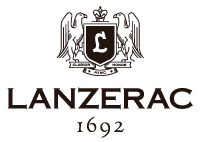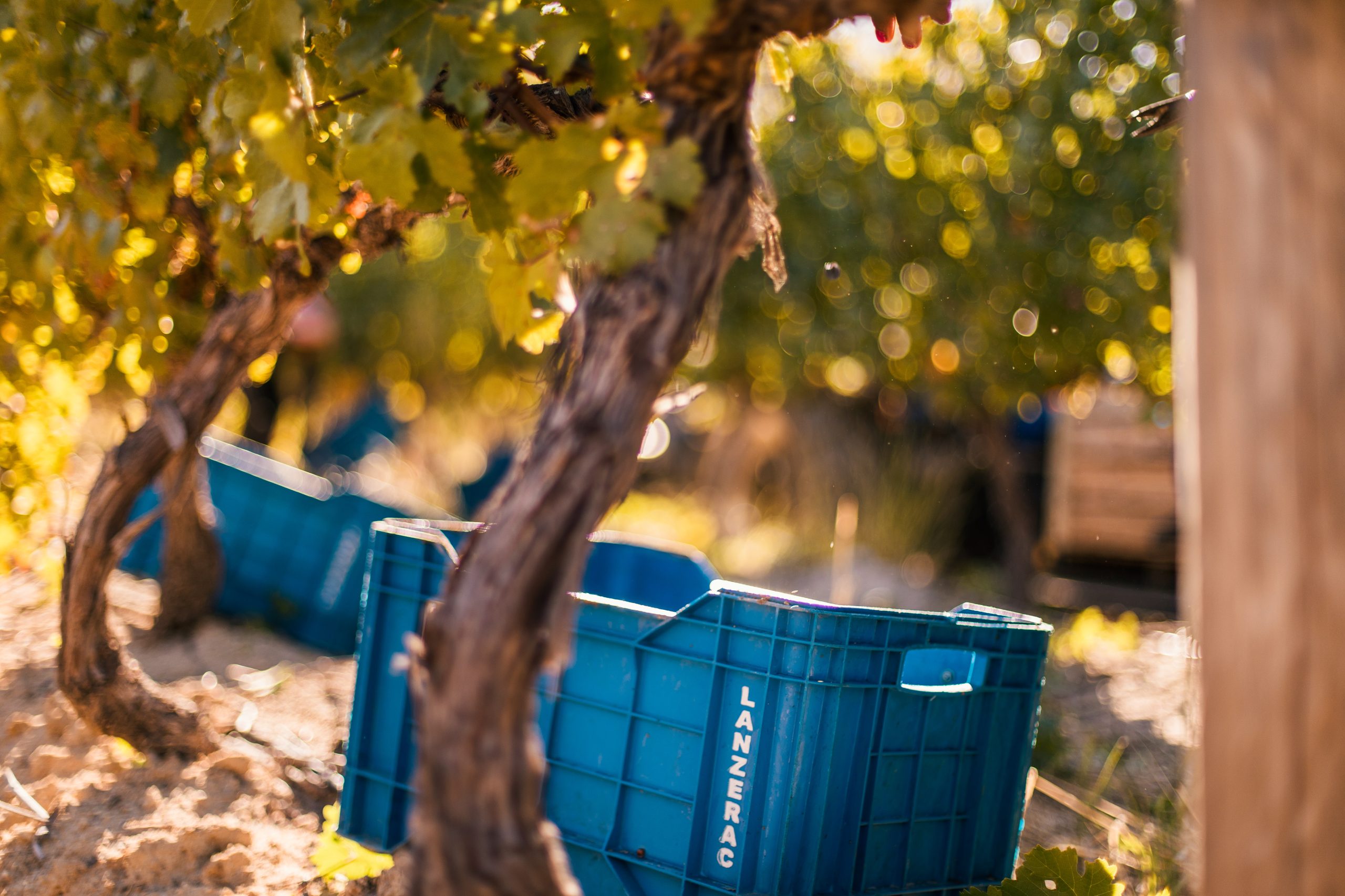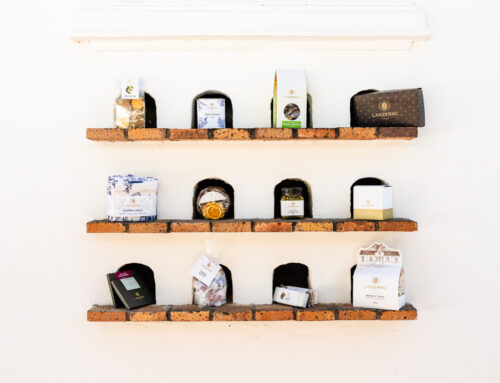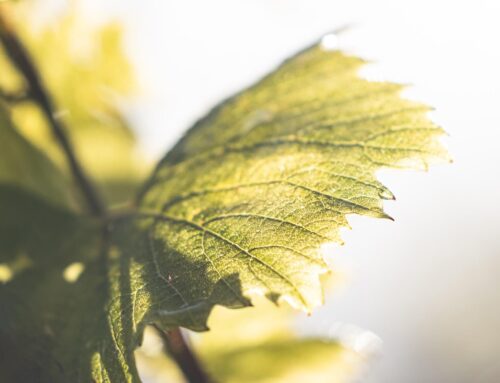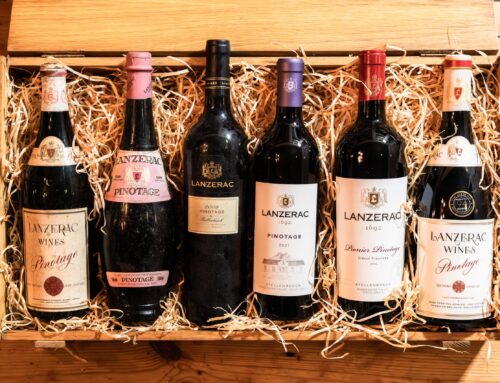South Africa is a land of contrasts, where sweeping vineyards meet rugged mountains, where old-world winemaking traditions are blended with cutting-edge techniques. Known for its rich history of wine production dating back to the 17th century, the country is now one of the world’s top wine producers, offering a stunning variety of wines. Central to this success is the grape harvest, a crucial event that determines the quality of the wine.
South Africa’s wine regions are as diverse as its people, spanning from the cooler coastal areas to the warmer inland regions. Some of the most renowned wine-producing areas include the Western Cape, where famous regions such as Stellenbosch, Paarl, Franschhoek, and the Cape Winelands are located. These regions benefit from the Mediterranean climate, with hot, dry summers and mild, wet winters, making it ideal for grape cultivation. The Cape Doctor, a strong southeast wind, also plays a vital role in cooling the vineyards, which helps preserve the grapes’ acidity and enhances the wine’s flavour.
South Africa is known for growing a plethora of grape varieties, thanks to the country’s diverse terroir. From the iconic Pinotage (a cross between Pinot Noir and Cinsaut) to the well-loved Chardonnay, Cabernet Sauvignon, and Syrah, there is no shortage of excellent grapes to harvest. While South Africa is blessed with ideal growing conditions, it still faces challenges during the harvest. These can include unpredictable weather, such as droughts or heavy rains, which can impact the yield and quality of the grapes. The Cape Doctor can also come back to haunt the unsuspecting winemaker during harvest, bringing damaging winds
Harvest in South Africa typically takes place between January and April, depending on the variety and the region. The timing of the harvest is crucial, as it directly affects the sugar levels, acidity, and phenolic compounds in the grapes, all of which impact the quality of the wine.
In regions like Stellenbosch, where the climate is warmer, harvest can begin as early as late January for early-ripening varieties such as Chenin Blanc and Sauvignon Blanc. For later-ripening varieties like Syrah and Cabernet Sauvignon, the harvest may extend into March or even April.
When it comes to the grape harvest, there are two primary methods used in South Africa: handpicking and machine harvesting. Each method has its advantages, and the choice depends on factors such as the type of wine being produced, the quality of the vineyard, and the budget. With Lanzerac’s commitment to the upliftment of the Stellenbosch community, we are strong proponents of handpicking all our grapes.
South African winemakers are increasingly focusing on sustainable practices to ensure the future of viniculture in the country. This includes using less water, optimizing vineyard management practices, and exploring new grape varieties better suited to changing climate conditions. Modernization in winemaking technology, along with a growing emphasis on climate change, keeps the Western Cape at the forefront of innovation in oenology.
This January, let’s raise a glass to the grapes, the climate, the country, and most importantly, the people that breathe life into this age-old practice.
